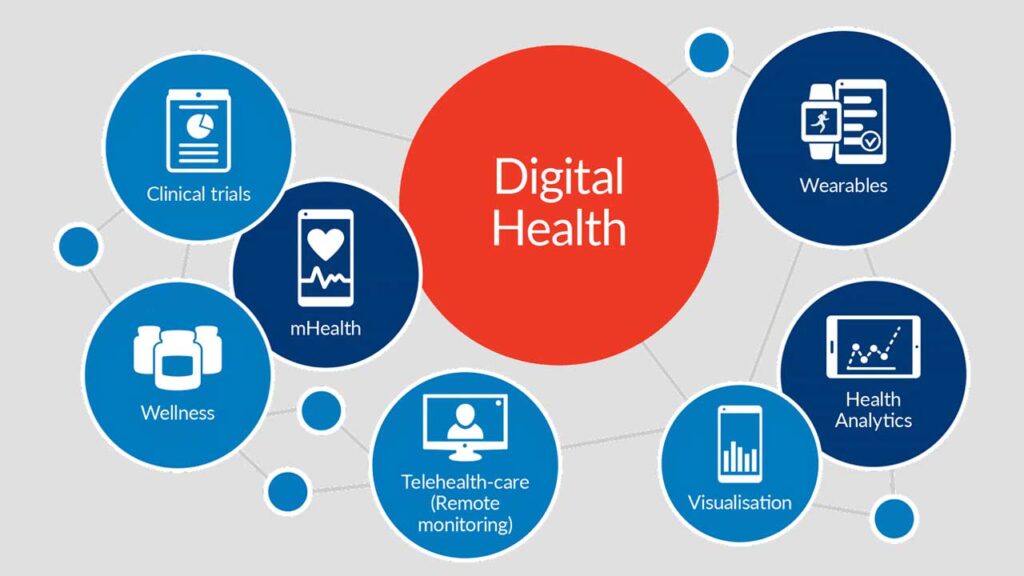
Intelligent Benefits Platform for HR Departments, Brokers and Employees.
Ways Technology and Telehealth Lead To Positive Healthcare Outcomes
By Christie Wright | Published | No Comments
Telemedicine, sometimes referred to as Telehealth or Digital health, enables video or phone appointments as a multidisciplinary concept between a patient and their healthcare practitioners. Technologies include computers and mobile devices, such as tablets and smartphones, patient health portals, and web/mobile-based applications.
Digital health technology assist health care providers & pharmacy providers to make decisions or support health care services to improve patient outcomes. According to an AMA survey of more than 1,300 physicians, 80% of physicians used tele-visits in 2022. That’s up from just 14% in 2016 and nearly triple from 2019.
Many new advances in technologies allow patients in rural areas access to healthcare. While allowing healthcare teams to check patient health remotely more frequently than waiting to be seen in-office visits.
Digital Health Innovations
Remote health monitoring technologies include:
- Web-based or mobile apps for uploading data to providers or health care team. For example, diabetes patients, may upload food logs, blood sugar levels, and insulin dosing.
- WIFI enabled wearable devices that measure and wirelessly send data to provider health portals. Items such as blood pressure, blood sugar levels, sleep patterns and oxygen levels.
- Home monitoring devices for older patients or patients with dementia that find changes in daily activities.
- Devices and apps that send notifications to remind patients to do exercises or take medications.

Providers are also using technology peer-to-peer to give patients better care. For example, in a virtual consultation, primary care providers can get input from specialists in other locations when they have questions about patient diagnosis or treatment protocols. These types of interventions can prevent diseases and improve quality of life. Pharmacy doctors can analyze patient records, via software that can find inconsistencies between a patient’s health and prescriptions. This notifies health professionals and patients of a potential medication error. This type of software aids in making decisions on proper dosing and potential interactions.
Overall, digital health innovations are designed to save time, boost accuracy and efficiency, and combine technologies in ways that are new to healthcare. These technologies reach more people than face-to-face visits and are often less expensive. Empowering people to take an active role in managing their health conditions enhances the physician-to-patient relationship.







Leave a Reply